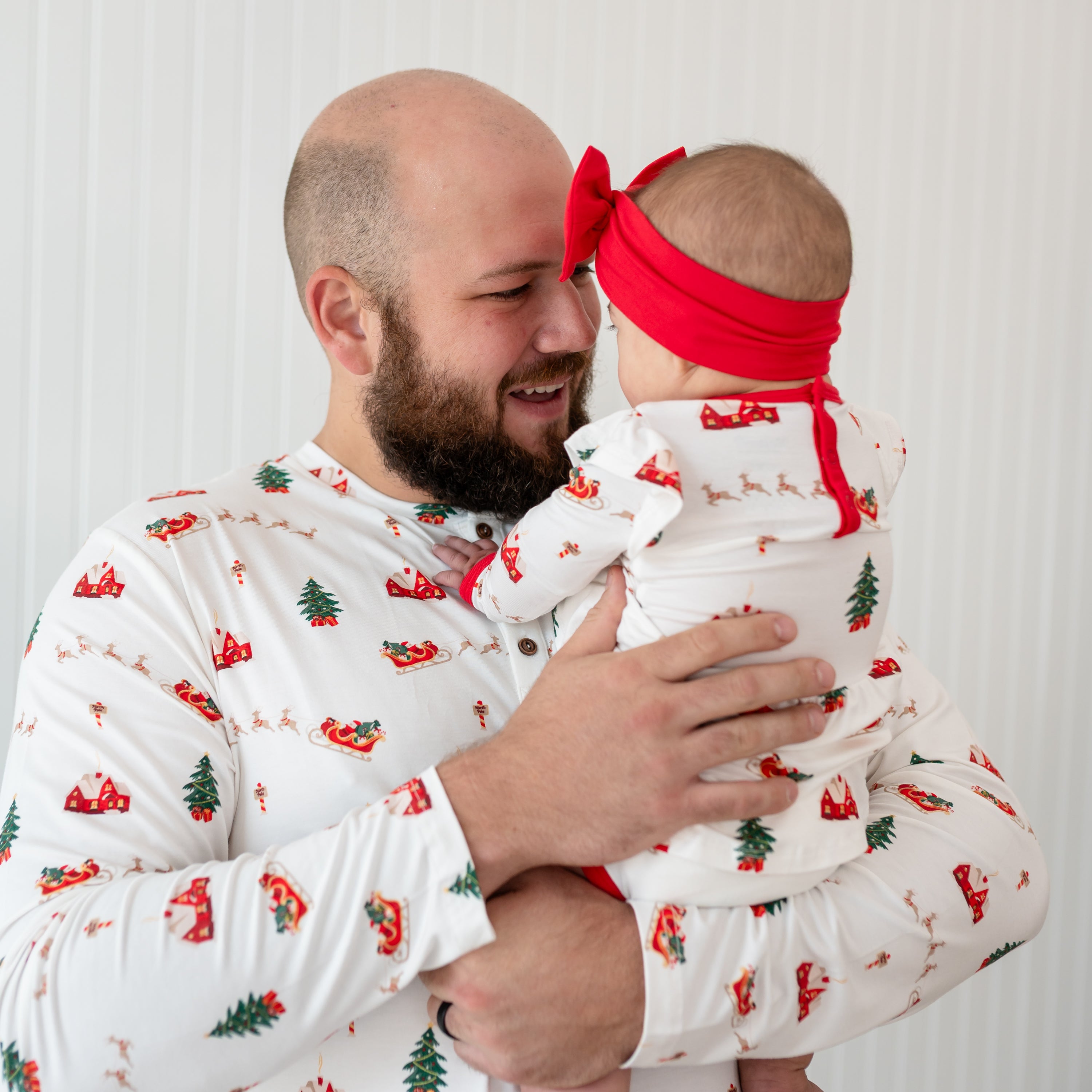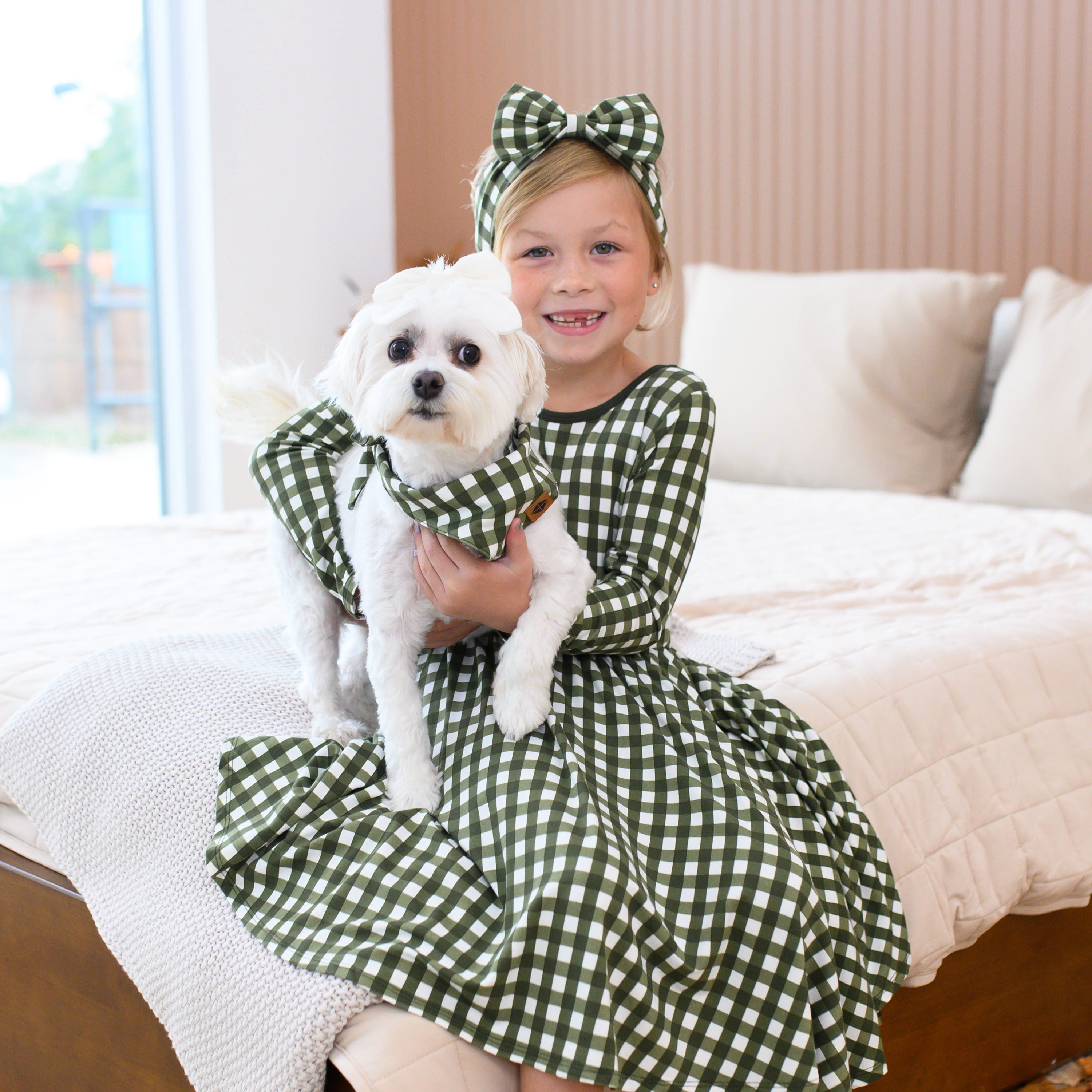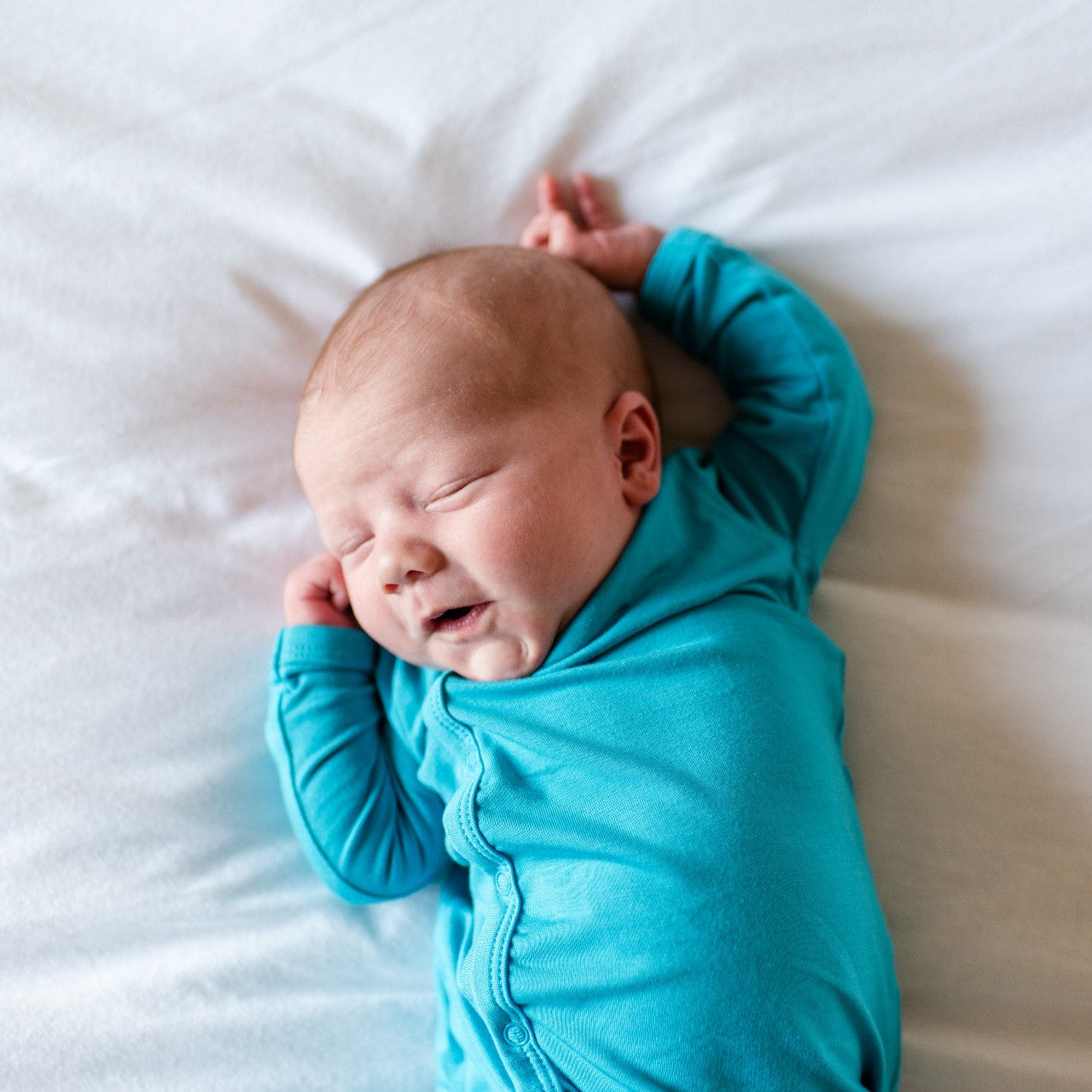Time is a funny thing. In most circumstances, sixty seconds hardly seems like a wait, but if you’ve ever stood in the kitchen, waiting for your food to heat up, you’re familiar with the concept of a microwave minute. One of the longest periods of waiting is the last trimester of pregnancy. During those last twelve weeks, time seems to slow to a crawl. Then, after what feels like an eternity, your little one finally makes her grand entrance, and life as you know changes forever. If you’re reading this with your newborn cradled in your arms, we offer you a heartfelt congratulations! The newborn stage, while brutal, is so fleeting that it can feel like whiplash. Perhaps it’s the sleep deprivation that makes the first few months feel like one hazy blur, or it may be the fact that your baby undergoes an incredibly dramatic and rapid transformation in such a short time. Newborns are not to be underestimated. While, yes, tiny and helpless at first, these little humans develop so quickly, you can actually witness the daily changes with your own eyes.

WEEKS 1 - 4
Adjusting from the womb to the outside world isn’t easy, and every single experience is brand new to your baby. Because she is easily overstimulated, your newborn may seem to do little else than cry, eat, sleep, and soil diapers at first. It may seem difficult to establish meaningful communication, but skin-to-skin is a perfect way to facilitate bonding and soothe your baby. Touch is the most developed sense at birth, so the feel of your skin against hers goes a long way. Give her plenty of quiet time in dim light during these first few weeks to avoid overstimulating her.
In terms of vision, hers is poor; she can only see 8-12 inches far, and can only perceive black, white, and grey. To interact with your baby, make eye-contact when you hold and feed her (your face is in her range of vision), and show her high-contrast images. Although her movements are jerky and uncoordinated, you’ll notice that she’s come equipped with a few primitive reflexes that are strongest in this first month.
Moro reflex: Often referred to as a startle reflex, this reflex occurs when your baby is startled by sound or movement. When she’s asleep, you may notice that a sudden sound will cause her to throw her head back and extend her arms and legs. This is a normal reaction to stimuli and will gradually fade over the next few weeks.
Rooting/sucking reflex: If you stroke the corner of your baby’s mouth or her cheek, she will automatically turn her head, open her mouth, and begin rooting. This is a reflex that helps your baby find the breast to start feeding. Once the nipple touches the roof of her mouth, she will begin to suck. This sucking reflex begins in the womb, which is why babies suck their thumbs in utero.
Tonic neck reflex: This is also referred to as the fencing reflex because of the fencing position your baby assumes when her head is turned one way. When she is laying down and her head is turned to one side, the corresponding arm extends out, as the other bends at the elbow.
Palmar grasp/plantar reflex: The Palmar grasp reflex is the reason your newborn can grasp your finger right at birth. While it makes for extremely cute photos, it’s also thought to establish the basic motor pattern that will later allow your baby to voluntarily grab objects. The toe version--the plantar reflex--occurs when you stroke the sole of your newborn’s foot. Her big toe will stick upwards and the other toes will flare out, in response to the stimuli.
Stepping reflex: If you hold your newborn upright, you’ll notice that her feet will take steps in the air, as though she’s trying to walk. This reflex is evidence that your baby’s brain already understands the motor skills she’ll need to walk someday. Pretty cool, right?
While it’s fun to see all the different things your newborn is capable of immediately after birth, these reflexes are also a good way to assess whether or not she’s growing and developing on schedule.
WEEKS 5 - 8
This second month marks a huge change in your baby. While the first month may have left you feeling like a sleep-deprived, hormonal mess of a human, things have started to get a little easier as you’ve settled into a routine. You still might not be sleeping, but your baby has now started to interact more with you. This makes a big difference. No matter how exhausted and grumpy you are, the first real smile from your baby can make you feel on top of the world. Her “social” smile (no, it’s finally not from gas!) should appear around 6-8 weeks. Your baby should also begin to recognize your face and she may also coo in response to your voice.

Your little one still may not be a fan of tummy time, but she should be lifting her head up, and may even begin to push up toward the end of this period. Although she still has her newborn reflexes, her movements look a little smoother and more purposeful. Hold a toy over her and move it slowly from left to right, to help her practice tracking things with her eyes. If something interests her, she may kick her legs in excitement.
Although your baby’s vision was limited to shades of black and white in earlier weeks, she’s starting to see a little more color now. More intricate geometric patterns are also now her favorite, as opposed to simpler patterns last month. But, her favorite thing to look at? Your face! If you’ve let friends and family around your baby, you may have noticed her showing a preference to you, turning her head to track you or only smiling when you smile at her. It’s okay, you can admit that it makes you feel pretty special!
WEEKS 9 - 12
This is the last month that your baby is a newborn and it shows. She’s made leaps and bounds in her development, becoming much more active and social. Now that her senses are more fine-tuned, she is more aware of her body and the outside world. The best way you can play with your baby is to give her a lot of floor time. If she wasn’t a fan of tummy time before, her growing trunk strength may be allowing her to better tolerate it now. She is now raising her chest off the floor to look at things that interest her (like your face or a toy). Try placing her on her stomach on an elevated surface, such as a changing table, to offer her a different viewpoint, and watch her eyes light up!
Now that your baby’s personality is really starting to shine, one of the ways to interact with her is to have a “conversation” with back-and-forth gestures or sounds. She loves to mimic you, and may even be starting to babble a bit. Talk about charming! Make sure you talk and sing to your baby as often as possible to develop her language skills. Even if you can’t carry a tune to save your life, do it anyway. To your baby, your voice is still the most wonderful sound she has ever heard.
Lay your baby on her back under a play gym. While she may have previously just stared at the hanging toys, she is now batting at them with her hands! She will kick her legs in excitement and shake the toys in her grasp. Because her fine motor skills are now developing, she may also be attempting to reach for objects. Hold a toy over her and guide it into her hands when you notice her reaching for it. Isn’t it amazing how many things your baby is now capable of, that she wasn’t just a few short weeks ago?

When you step back and reflect on the last twelve weeks, it’s hard to believe how quickly three months flew by. Newborns are hard. They require round-the-clock care and it can, at first, feel like a thankless job. But as your baby comes into her own and her personality begins to finally peek through, you realize just how quickly she grows and changes. New parents are eager for their newborns to grow quickly and reach a stage where they’re more independent and interactive. Our advice? Babies undergo a rapid and incredible transformation in their first year of life, so enjoy the little moments because the whole thing goes by fast.
























